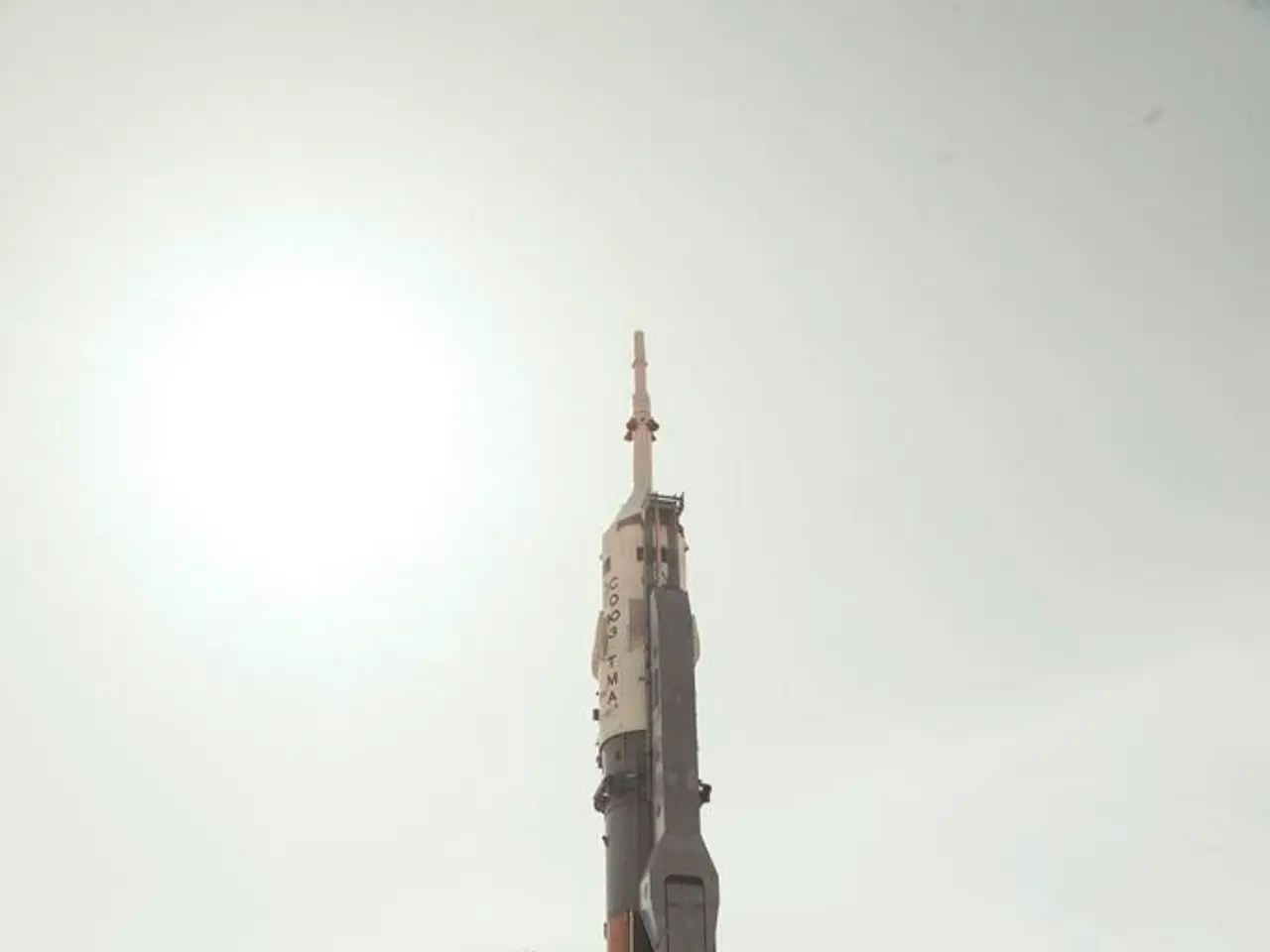Partial Mobile Network Coverage in Select Regions - Regions exhibit considerable disparities in mobile network coverage
In the recent Mobile Network Measurement Week, over 150,000 participants in Germany contributed to the collection of valuable data, shedding light on the current state of mobile network coverage across the country. The results, analysed by the Federal Network Agency, reveal that while the German mobile network has overall good coverage, there are still regional gaps, particularly in rural and less densely populated areas.
A notable finding is that approximately 98% of the measurement points during the week were in the two most modern network technologies, 4G and 5G, indicating a widespread adoption of these technologies. However, the data also shows that there are areas where the latest 5G technology is not yet available or has limited coverage. For instance, in the Harz region, only 44% of the measurement points had access to the 5G network, with 3.4% only having access to the 2G technology, which is only suitable for telephony and SMS.
Similarly, rural areas like the Altmarkkreis Salzwedel, the Harz, and the Salzlandkreis still show noticeable use of 2G technology. This is a concern, as these areas are more likely to experience coverage gaps or lower transmission rates. To address this issue, the Federal Network Agency has set mandates for network operators to provide at least 99.5% area coverage with a downlink transmission speed of 50 Mbps by 2030, and at least 99% of households in rural areas must be covered.
Operators like Telefónica Deutschland and Deutsche Telekom are actively working to close these gaps through ongoing 4G and 5G expansion, focusing on rural regions and transport corridors such as highways and train lines. The phase-out of 3G has also freed spectrum for expanded 4G/LTE capacity, improving coverage quality and speeds in less-served areas.
The Federal Ministry of Digital Affairs considers the results of the measurement week a success and plans to expand the concept. The ministry aims to ensure that all regions of Germany have reliable mobile connectivity, bridging the rural gaps and providing comprehensive high-speed mobile connectivity by 2030.
In conclusion, while Germany has made significant strides in mobile network coverage, there are still areas that require attention, particularly in rural areas where higher-speed 5G coverage and broadband speeds are still insufficient. These gaps are being actively targeted for closure through regulatory mandates and major operator investments, aiming for comprehensive high-speed mobile connectivity by 2030.
[1] Federal Network Agency (2021). Mobile Network Measurement Week: Preliminary Results. [2] Federal Ministry of Digital Affairs (2021). Roadmap for Mobile Network Expansion. [3] European Commission (2021). 5G in Europe: Status and Outlook. [4] Telefónica Deutschland (2021). Network Expansion Plans. [5] Deutsche Telekom (2021). Network Expansion and Upgrade Programme.
- To bridge the rural gaps in mobile network coverage and ensure comprehensive high-speed mobile connectivity by 2030, the Federal Ministry of Digital Affairs is advocating for community policies that include vocational training for technicians specializing in network expansions and upgrades.
- As part of their efforts to expand mobile network coverage, operators like Telefónica Deutschland and Deutsche Telekom are incorporating the use of technology in their vocational training programs for network technicians, focusing on the installation and maintenance of 4G, 5G, and broadband technologies.




